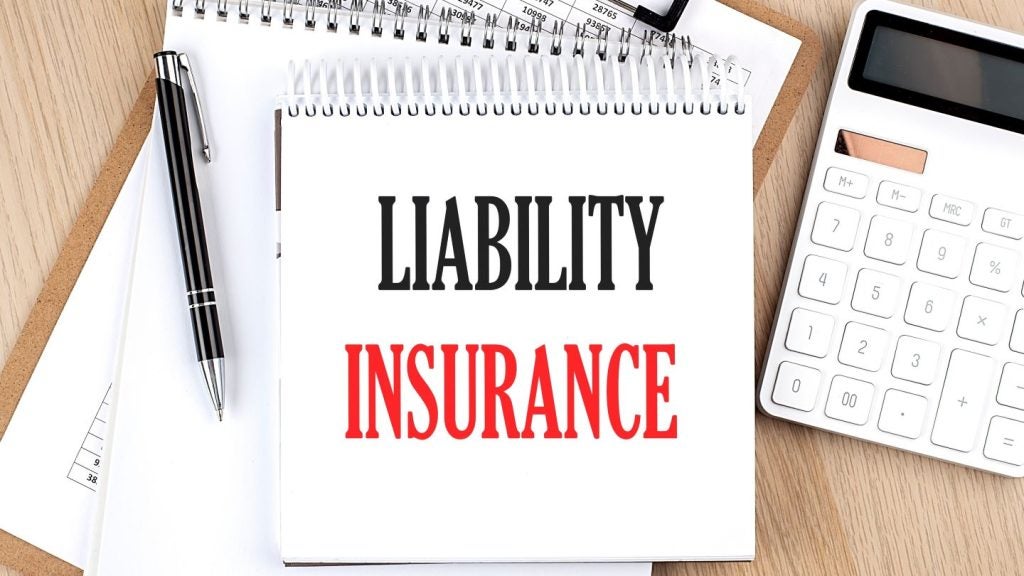Net income for the full year 2012 was $57.8 million, or $0.89 per diluted common share compared to 2011 net income of $86.2 million or $1.37 per diluted common share.

Access deeper industry intelligence
Experience unmatched clarity with a single platform that combines unique data, AI, and human expertise.
Non-GAAP operating income1 for the fourth quarter of 2012 was $30.9 million, or $0.47 per diluted common share, compared to fourth quarter 2011 non-GAAP operating income1 of $32.6 million or $0.52 per diluted common share. Non-GAAP operating income1 for the year 2012 was $110.2 million, or $1.69 per diluted common share, compared to 2011 non-GAAP operating income1 of $133.7 million or $2.12 per diluted common share.
Highlights for the fourth quarter of 2012 include:
-Annuity sales (before coinsurance) for the fourth quarter of 2012 were $1.07 billion compared to third quarter 2012 annuity sales of $982 million.
-Total invested assets grew to $27.5 billion (amortized cost basis = $25.1 billion).
-Investment spread for the fourth quarter of 2012 was 2.59% compared to 2.62% for the third quarter of 2012.
-Risk-based capital (RBC) ratio at December 31, 2012 remained above target at 332%.
1 In addition to net income, we have consistently utilized operating income and operating income per common share – assuming dilution, non-GAAP financial measures commonly used in the life insurance industry, as economic measures to evaluate our financial performance. See accompanying tables for reconciliations of net income to operating income and descriptions of reconciling items. See Company’s Annual Report on Form 10-K for a more complete discussion of the reconciling items and their impact on net income for the periods presented. Because these items fluctuate from period to period in a manner unrelated to core operations, we believe measures excluding their impact are useful in analyzing operating trends. We believe the combined presentation and evaluation of operating income together with net income, provides information that may enhance an investor’s understanding of our underlying results and profitability.
Commenting on results, David J. Noble, founder and Executive Chairman said: "2012 was a challenging year in a difficult interest rate environment. Sales for the year were just shy of $4 billion, the third best year in the company’s history, and contributed to a 13% increase in assets under management for the year. Similarly, our operating income was also the third highest in the company’s history and translated into an 11.1% return on average equity. Our fourth quarter sales were the highest quarterly amount in 2012 and, aided by a reduction in our effective income tax rate, fourth quarter operating income was also larger than the other three 2012 quarters. The low interest rate environment did results in calls of government agency securities that increased our cash and short-term investments substantially and caused our investment spread to narrow. However, we expect the investment spread to widen in 2013 as the cash and short-term investments are reinvested in higher yielding investments."

US Tariffs are shifting - will you react or anticipate?
Don’t let policy changes catch you off guard. Stay proactive with real-time data and expert analysis.
By GlobalDataSPREAD RESULT IMPACTED BY CASH AND SHORT-TERM INVESTMENTS
American Equity’s investment spread for the fourth quarter of 2012 was 2.59% compared to 2.62% for the third quarter of 2012 and 2.97% for the fourth quarter of 2011. Fourth quarter 2012 investment spread and average yield on invested assets continued to be affected by the impact of high levels of low yielding cash and other short-term investments during the quarter. The average yield on invested assets including the excess cash and other short-term investments balances was 5.03% for the fourth quarter of 2012 compared to 5.17% in the third quarter of 2012 and 5.76% in the fourth quarter of 2011.
The average balance for excess cash and other short-term investments in the fourth quarter of 2012 was $2.7 billion compared to average balances of $2.0 billion, $1.45 billion and $759 million for the third, second and first quarters of 2012. These balances have been primarily attributable to calls of U.S. Government agency and other securities which totaled $4.55 billion in 2012 with an average yield of 5.15%. While high levels of excess cash and other short-term investments may persist for several more quarters, the average quarterly balances should decline in 2013 due to reinvestment of year end cash and other short-term investments into longer term securities and reduced exposure to callable securities in 2013. At December 31, 2012, the Company held $2.2 billion in excess cash and other short-term investments. This amount includes $727 million of U.S. Government agency securities with a book yield of 0.85% that were purchased at a premium to par and are expected to be called in March, April and July 2013 ($201 million, $18 million and $508 million, respectively) and $515 million of agency pass-thru RMBS yielding 1.27%. The call exposure for 2013 also includes $728 million of U.S. Government agency securities with book yields and coupon rates of 4.00% or higher that are expected to be called in January and April 2013 ($50 million and $678 million, respectively).
Average yield on invested assets also continues to decline as proceeds from securities called for redemption and new premiums are invested at rates below the portfolio rate. The average yield on fixed income securities purchased and commercial mortgage loans funded in the fourth quarter of 2012 was 3.65% compared to an average yield of 4.37% for fixed income securities purchased and commercial mortgage loans funded in the first nine months of 2012.
The decrease in investment yield was partially offset by a reduction in the aggregate cost of money on annuity liabilities to 2.44% in the fourth quarter of 2012 compared to 2.55%, in the third quarter of 2012 and 2.79% in the fourth quarter of 2011. The reductions in the cost of money reflects management’s actions to maintain target spreads in the declining investment yield environment by adjusting new money and renewal crediting rates to policyholders.
John M. Matovina, Chief Executive Officer and President commented: "We are committed to restoring our investment spread to the 3.00% target through the investment of redemption proceeds from calls of government agency securities, short-term investments and new annuity deposits into high quality investments and the appropriate management of crediting rates to policyholders. We should see meaningful reductions in our excess cash and short-term investments and the average outstanding balance for those instruments in the first quarter of 2013 which should translate into a higher average yield on invested assets. At the same time, we expect further declines in our cost of money from rate adjustments already implemented and are prepared to make further adjustments in 2013 as necessary. As reported in our Financial Supplement for this quarter, our cost of money could be reduced by 0.63% if we reduced crediting rates and caps and participation rates to minimum guaranteed rates."







